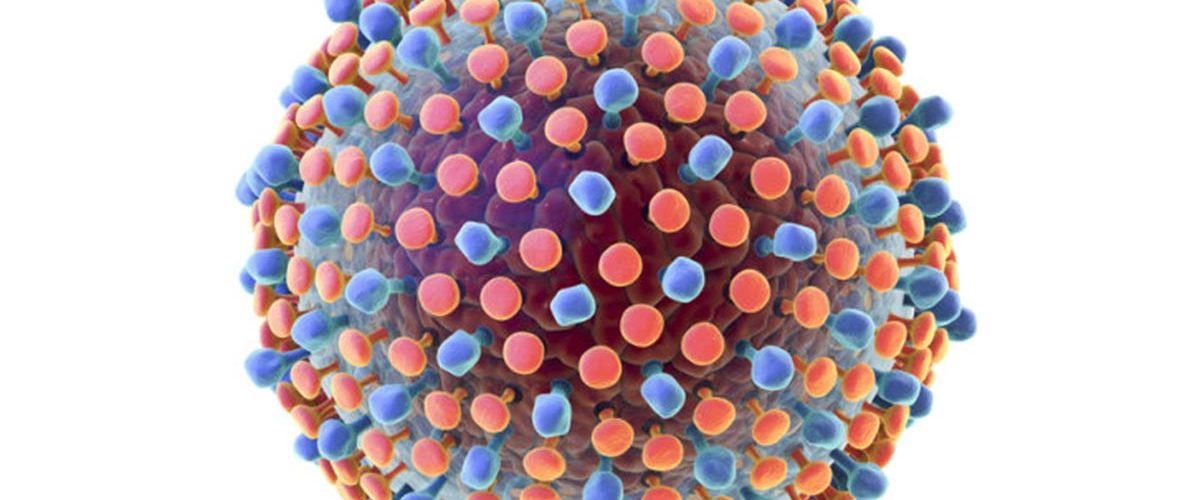Hepatitis C is a liver disease caused by the hepatitis C virus: the virus can cause both acute and chronic hepatitis infection, ranging in severity from a mild illness lasting a few weeks to a serious, lifelong illness. A significant number of those who are chronically infected will develop cirrhosis or liver cancer. The WHO Eastern Mediterranean region (Which includes some northern African countries) is the most affected region with prevalence of 2.3%. Depending on the country, hepatitis C virus infection can be concentrated in certain populations (for example, among people who inject drugs) and/or in general populations. There are multiple strains (or genotypes) of the HCV virus and their distribution varies by region.
The most common modes of infection are through unsafe injection practices; inadequate sterilization of medical equipment in some health-care settings; and unscreened blood and blood products. Today, most people become infected with Hepatitis C by sharing needles, syringes, or any other equipment to inject drugs.
The incubation period for hepatitis C is 2 weeks to 6 months. Following initial infection, approximately 80% of people do not exhibit any symptoms. Those who are acutely symptomatic may exhibit fever, fatigue, decreased appetite, nausea, vomiting, abdominal pain, dark urine, grey-coloured faeces, joint pain and jaundice (yellowing of skin and the whites of the eyes).
There is currently no vaccine for HCV. However, Antiviral medicines can cure more than 95% of persons with hepatitis C infection, thereby reducing the risk of death from liver cancer and cirrhosis, but access to diagnosis and treatment is low. Hepatitis C does not always require treatment as the immune response in some people will clear the infection, and some people with chronic infection do not develop liver damage. When treatment is necessary, the goal of hepatitis C treatment is cure. The cure rate depends on several factors including the strain of the virus and the type of treatment given. Access to HCV treatment is improving but remains limited. In 2015, of the 71 million persons living with HCV infection globally, 20% (14 million) knew their diagnosis. 7.4% of those diagnosed (1.1 million) were started on treatment in 2015. In 2016, 1.76 million people were additionally treated in bringing the global coverage of hepatitis C curative treatment to 13%. Much needs to be done in order for the world to achieve the 80% treatment target by 2030.
Prevention of HCV infection depends upon reducing the risk of exposure to the virus in health-care settings and in higher risk populations, for example, people who inject drugs, and through sexual contact.
The following list provides a limited example of primary prevention interventions recommended by WHO:
- hand hygiene: including surgical hand preparation, hand washing and use of gloves;
- safe and appropriate use of health care injections;
- safe handling and disposal of sharps and waste;
- provision of comprehensive harm-reduction services to people who inject drugs including sterile injecting equipment;
- testing of donated blood for hepatitis B and C (as well as HIV and syphilis);
- training of health personnel; and
- promotion of correct and consistent use of condoms.
For people infected with the hepatitis C virus, WHO recommends:
- education and counselling on options for care and treatment;
- immunization with the hepatitis A and B vaccines to prevent coinfection from these hepatitis viruses and to protect their liver;
- early and appropriate medical management including antiviral therapy if appropriate; and
- Regular monitoring for early diagnosis of chronic liver disease.

